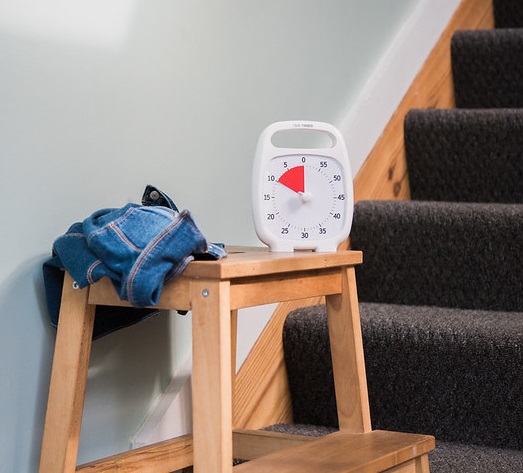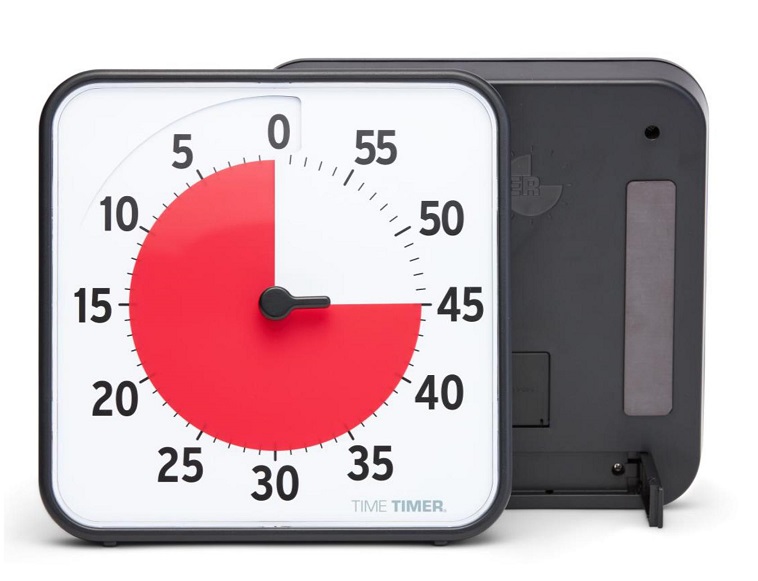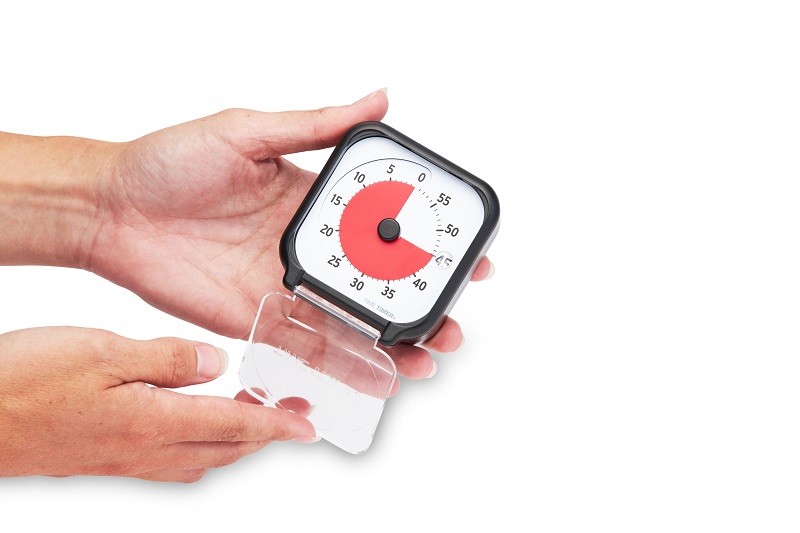Strengths of Individuals with Autism Spectrum Disorder
Written by Chelsea Pierce, M.Ed. & Molly Greer, M.Div.
In celebration of Autism Awareness and Acceptance Month, we’ve chosen to shine a spotlight on the strengths of individuals with Autism Spectrum Disorder (ASD), based on our experiences as Special Education teachers. We understand that all individuals have unique strengths and gifts and recognize that characteristics differ from person to person. Join us as we highlight four strengths of individuals with ASD!
Curiosity*
Autism is a diagnosis which can impact the ways in which individuals experience and interact with their surroundings. In the past, I’ve noticed students in my classroom who interact with their surroundings in deep and unique ways. I remember a student who had a passion for history. He often shared his knowledge about ancient pyramids in Egypt. He’d pause while speaking with me to ask thoughtful questions about the Egyptian people. He was curious and driven, seeking answers through the internet or by asking those around him. I recall another student who collected fan pulls and fans. He expressed a fascination for the way fans worked, examined the fan and fan pulls closely, took them apart and reassembled them. He shared his expertise with those around him and maintained a sense of wonder as he explored the world around him. When you are curious about how something works, don’t be afraid to disassemble items, research, and ask others to find answers!
Innovators at Heart**
The curiosity of students with ASD encourages problem solving and innovation. When students are hyper aware of their surroundings and begin to deeply explore the world around them, they notice problems, which need solutions. The journey to create solutions makes our students innovators. In my classroom, when I encountered a problem with technology, I had one student who could solve any issue. He spent his time assessing the problem, determining solutions, and implementing hopeful solutions. Most of the time he succeeded and got our classroom back in working order in a matter of minutes. This innovation spans beyond technology, and into everyday life. Take notice of the everyday interactions of students with ASD. Every Lego™ design, interaction with an iPad, or intricate craft design welcomes you into the innovative mind of a student with ASD. Step into their world and appreciate the beauty that unfolds.
Honesty*
How often do we hear “honesty is the best policy”? Blatant honesty may be seen as a barrier at times, and some may choose to limit their honesty so as not to not hurt others’ feelings. However, I encourage you to think about disagreements you’ve experienced in the past. How many of those disagreements centered around lack of honesty? I find myself often wishing for authenticity and honesty in social relationships. Societal norms encourage us not to stray away from topics which may be deemed as “uncomfortable” to others such as age, weight or financial status. Now think of the conversations we have with those who are close to us- all of those “taboo” topics are often discussed and welcomed. I smile as I remember what a previous student once said as he wrapped his arms around my stomach to hug me, “Ms.Pierce! You’re so soft and fluffy, like a pillow!” I laughed, knowing that his description of my weight was honest and genuine. While not all students may describe extra weight in such an eloquent way, it is important to welcome honesty in the classroom, and to laugh when we can!
Unique Compassion**
When I think of the compassion displayed by my students with ASD, it warms my heart. When imagining what compassion looks like, we may think of people embraced in a hug. While lots of hugs were certainly exchanged in my class, I noticed my students displaying compassion in different ways- often through unique and personalized affection in the most unexpected times. Students communicated compassion through a gentle pat on the leg, drawing a picture, leaning their head on my shoulder, or gently smiling. Each unique gesture of compassion was special. One moment comes to mind when thinking about compassionate students with ASD. I had just returned from a serious surgery. It was the end of the day and I was resting in the back of the classroom, exhausted. A sweet student left her preferred activity, story time, to stand by me. This small gesture of compassion was unique to her and meaningful to me. Compassion is shown in many ways, and I hope that we can see those small moments and treasure them in our hearts.
We are grateful for the lessons we’ve learned from previous students and the experiences we shared. We are hopeful that these stories resonate with you as you think of your students and children on the spectrum.
*Chelsea’s Experiences
Chelsea Pierce is a current Ph.D. student in the Exceptional Student Education Program at UCF. Chelsea has over six years of classroom-based experience as both a General Education teacher and a Special Education teacher. She worked with the Center for Autism and Related Disabilities (CARD) at the University of Central Florida, as well as CARD at the University of Florida (UF) Health Jacksonville. She worked for the UF Health Neurodevelopmental Pediatric Center, serving on the Multidisciplinary Developmental Assessment Team and administering assessments and consultations through the Florida Diagnostic Learning and Resource Systems, Multidisciplinary Center (FDLRS-MDC). She’s presented at local and statewide conferences in areas of interest, including the use of visual supports and behavior management strategies. Her mission is to increase knowledge and understanding of medical professional and educational personnel serving children with medical complexities inclusive of behavioral, sensory and/or communication challenges.
**Molly’s Experiences
Molly taught in a highly structured classroom teaching functional academics in Kentucky before relocating to Florida to obtain her doctorate. After a life-changing health crisis, she viewed life through a new perspective and wanted to impact exceptional education in a different way. After being asked if she was making the difference she had dreamed of, she realized the answer was no. This led Molly to pursue her Ph.D. at the University of Central Florida. Molly received her Bachelor’s Degree in elementary education (p-6) and moderate-severe disabilities (k-12) from Morehead State University and a Master’s of Divinity, with a focus on children’s and family ministry, from University of the Cumberlands. Molly’s mission is to prepare teachers and inform policymakers to effectively increase educational outcomes for students with mathematical disabilities through the use of learning sciences techniques.



